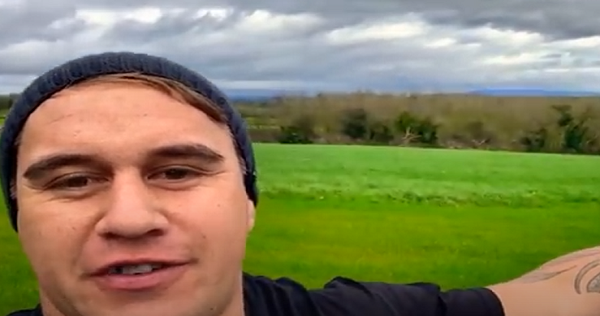
Farmers in Europe may have to trade their guns and self-defense rights for ideology, in the latest EU attempt to ban lead ammunition.
Yielding to multifaceted peer pressure and coercion techniques prompted by billions of dollars flowing through the special interest lobby to stark modernistic avenues and EU buildings of central Brussels (which is not clearly marked on Google maps), reasonable self-defense for Europe’s rural farming communities is about to get real expensive. On the eve of a European Union vote that could ban the use of lead bullets in and around the politicized concept and definition of “wetlands”, the food producers of the old world are further being pushed to the brink of irrelevance by unsustainable and detrimental policy mocking sensibility.
In an incorrigible and sneaky attempt to limit firearms and appease climate activists, the doublespeak entendre of unleashing a projected agenda through codification, or simply known as “hogwash” in the old neighborhood holds innumerable negative ramifications for individuals and families who rely on firearms for self-defense in the absence of feasible police response times.
The EU’s strict proposal would force gun owners to replace existing firearms with models calibrated for non-lead bullets, at an estimated cost of $2850 per shotgun. As 90% of ammunition is lead-based, the initial financial wave of destruction is major deterrent to the agriculture community, and lines the pockets of publicly funded programs, as the tax dollars roll in. With Brexit a now a reality, the conglomerate of 27 nations cannot literally afford a controversy spanning the Atlantic Ocean. Thankfully, leaders in rural the US have adopted a Second Amendment sanctuary strategy to offset the terrible decisions by lawmkers in enacting unreasonable gun control measures.
Looking at the Ireland alone, the numbers are staggering. Of the 210,000 licensed firearms in the country, 115,000 are owned by farmers, an indication to the demand for suitable protection over large tracks of land, and the prevalence of hunting. Simple math shows that 90% of food producers replacing their arsenal could cost nearly $300 million, and raise the roof of career politicians suffering from chronic tennis elbow after years of rubber stamping legislation in the vacuous perpetual offices of socialistic collaboration.
The boiler plate stipulation behind the ominous campaign of gun control and unchecked environmentalism stems from ambiguous interpretation of what exactly defines a natural body of water. As private property owners in the US have faced years of local and federal intervention, not to mention to the astronomical legal costs in the wake of the Environmental Protection Act, when government is doubt there is always the reliable and time-trusted trump card of the wetland.
To enforce the ban on lead bullets from a Green movement angle, the EU has authored a broad and spindly synopsis on the criterion identifying the specifics of a wetland, and the subsequent buffer of a gun-free zone to allegedly mitigate the effects of lead pollution. Agriland.ie, an Irish farming advocacy site, breaks down the hyperbole within the verbiage of the Europe’s aggressive gun control plan piggybacking environmental hysteria.
“The definition of wetland being used for the purpose of the regulation includes, apparently “areas of march, fen, peatland or water; whether natural or artificial; permanent or temporary; with water that is static or flowing; fresh, brackish or salt; including area of marine water the depth of which at low tide does not exceed 6m (19 feet)”. “
Basically, something as trivial and rudimentary as a puddle of water on a driveway could be politicized as a wildlife habitat, and the owner would certainly face the brunt of the legal system soaked in policy that is convenient to the anti-gun lobby and providing latitude for damaging sanctions to be proliferated throughout the farming community, not to mention a huge blow to private property rights.
The caveat to this asinine narrative is that the EU fat cats have declared war on the entire industry of food suppliers on the continent, and with three decades worth of legacy farming being destroyed by the prevalence of a socialized education system promising a better life for rural youth, who will grow the food in 15 years?
—
This editorial powered by Duckduckgo.com